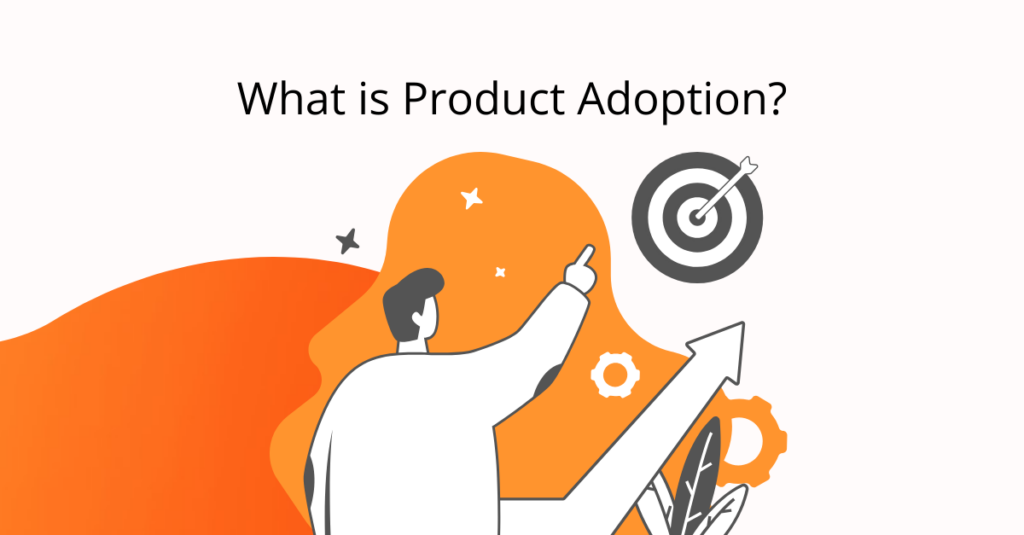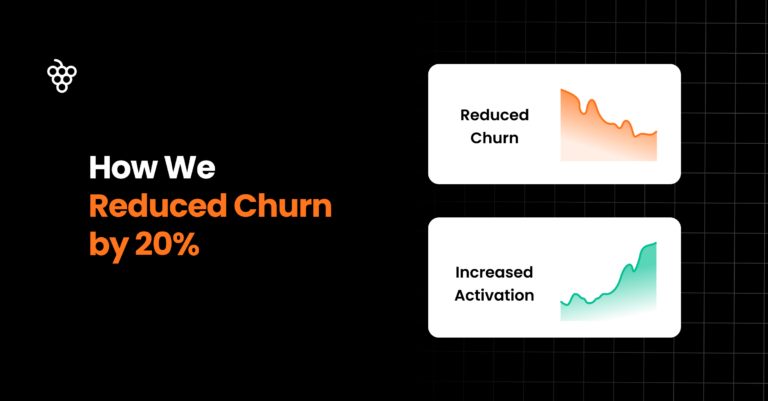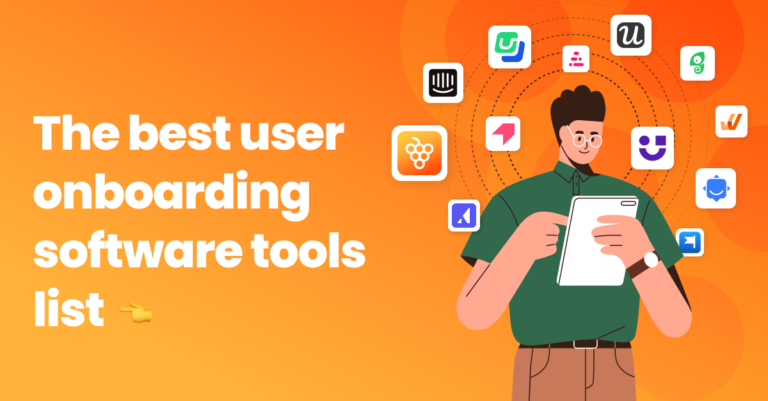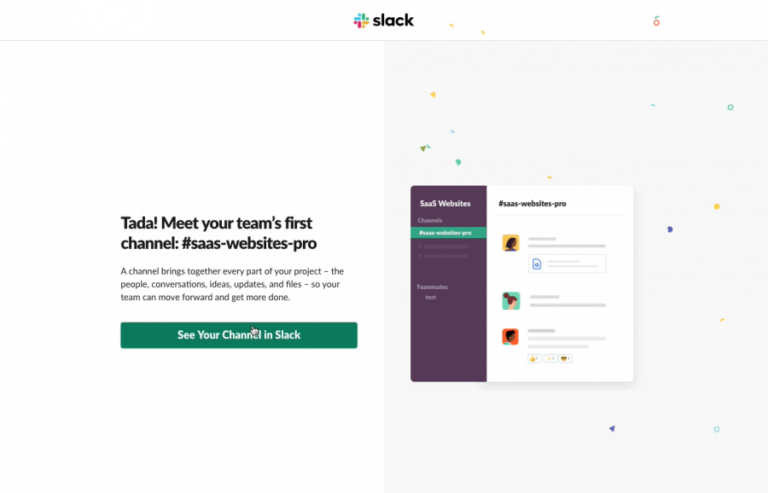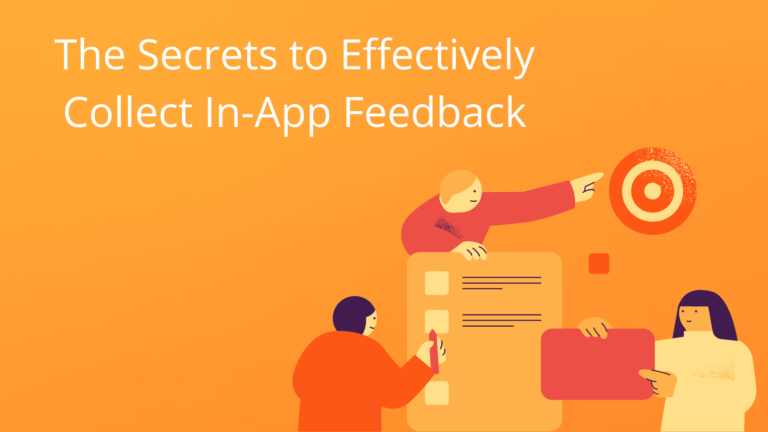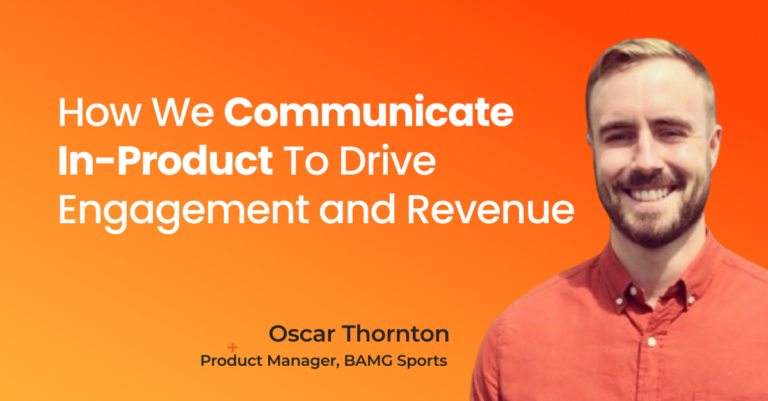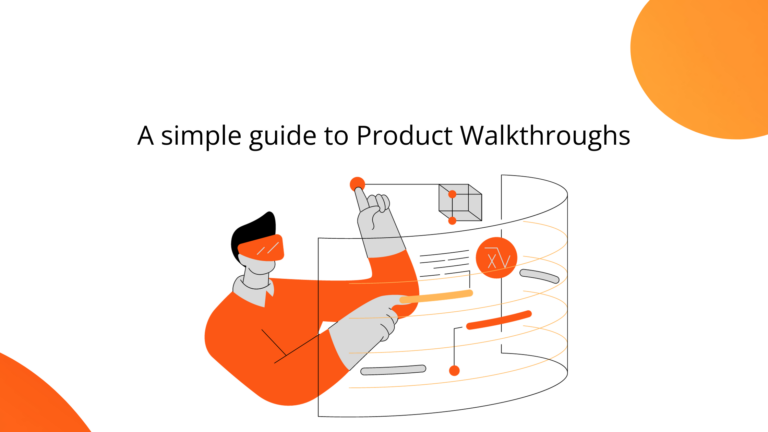Product adoption— the goal of every SaaS company. To make your product valuable and relevant in the user’s life.
Understanding what product adoption is– and isn’t– will help you put the right strategies in place to grow your customer loyalty and engagement rates.
What is product adoption?
Simply put, product adoption refers to the process when users begin to use and integrate a new product or service into their routine or operations.
Product adoption involves the stages of initial awareness, onboarding, and regular and widespread use by the target audience.
Therefore, it’s important to note that product adoption is not a static process. It’s a continuous journey that demands constant monitoring, keeping an eye on onboarding metrics, evaluation, and refinement.
To succeed, businesses must adopt a customer-centric approach, prioritize user feedback, and address any concerns that may arise.
Here’s what product adoption is — and isn’t:
✅ Product adoption is customer-centric
❌ Product adoption is not one metric that’s static
✅ Product Adoption encompasses the entire user journey
❌ Product Adoption is not the same as an onboarding flow
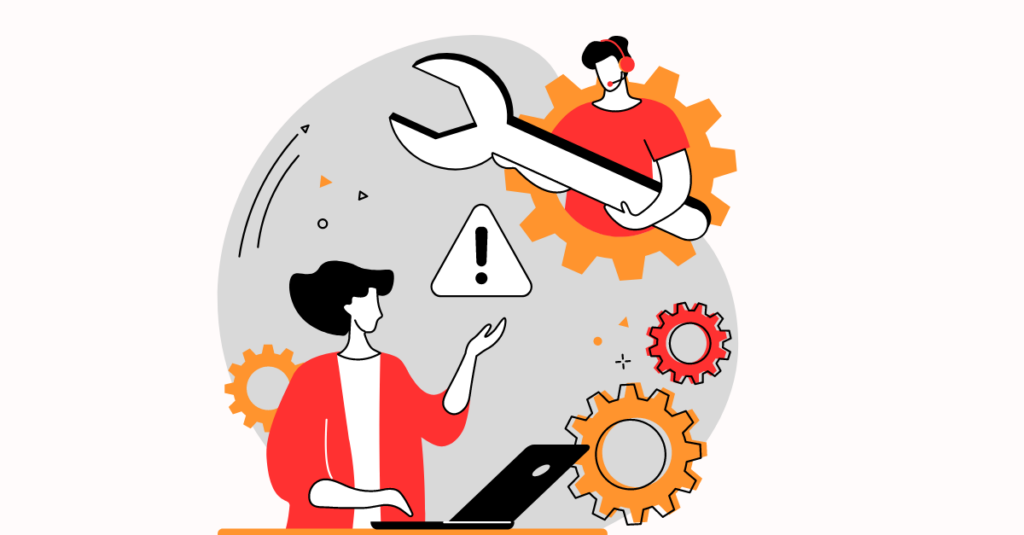
What are the benefits of product adoption?
Product adoption can bring various benefits to both businesses and consumers.
Here’s a list of advantages:
- Increased Revenue: Greater product adoption typically leads to increased sales and revenue for the business. A larger customer base contributes to a more stable and sustainable income.
- Customer Loyalty: Satisfied customers who have adopted a product are more likely to become loyal and repeat customers.
- Competitive Advantage: Companies with high product adoption rates gain a competitive edge over rivals. It showcases the product’s popularity and trustworthiness in the market.
- Brand Recognition: Increased adoption contributes to greater brand visibility and recognition.
- Feedback and Improvement: Wide adoption provides valuable feedback from users, helping companies identify strengths and weaknesses.
- Cost Efficiency: As adoption increases, economies of scale may lead to cost reductions in production and distribution.
- Long-Term Sustainability: Sustainable product adoption is crucial for the long-term viability of a business. It establishes a foundation for future growth and adaptation to changing market trends.
Key features of product adoption
There are several factors that will influence the success of product adoption.
- User-friendliness: A product that is intuitive and simple to navigate enhances the user experience and encourages adoption.
- Well-designed onboarding process: A seamless onboarding experience ensures that users understand the product’s value and how to use it effectively.
- Functionality: The product must deliver on its promised features and meet the user’s ( and surpass) requirements.
- Reliability: Users need to trust your product and know it will always perform as needed.
- Security and data protection reassurance: Users must be confident that their personal information and data are safeguarded.
- Scalability ensures that the product can adapt and grow as the user’s needs evolve.
- Continuous features updates and improvements: Users want to feel ahead of the game and competition when they use your product, be sure to continuously optimize features to meet their needs and stay ahead of the competition.
Boost product adoption with the right tools and approach
To drive users to product adoption, you need tools to communicate updates, help platform navigation, and highlight the features that are valuable to users.
Product Fruits acts as an all-in-one digital adoption platform that onboards users with customizable tours, walkthroughs, in-app announcements, and onboarding checklists. Once users are onboarded, use analytics and user segments to check up on product adoption metrics and introduce personalized flows to help less engaged users.
The Product Fruits platform acts as an invisible layer on top of your platform, and requires no coding to get it started.
Interested in boosting your product adoption? Try Product Fruits for free for 14 days, and play around with the tools and tips that have an impact on your user satisfaction and engagement.
